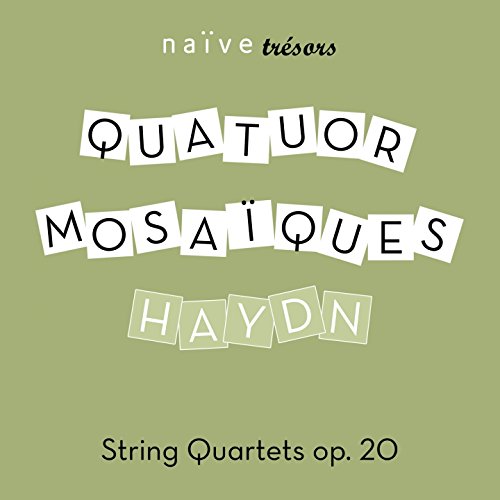Theory that we see the world as common sense supposes we do; that is, directly and without recourse to special intermediate ‘sensations’, ‘sense-data’, ‘images’ and so on which some other views involve {see also REPRESENTATIONALISM).
We need not, however, always be free from error, any more than common sense thinks we are.
Properly speaking, naive realism is supposed to be the view of ‘naive’ (that is, not philosophically trained) common sense. But common sense has no systematically developed view, so that when naive realism is held as a philosophical theory and defended against objections it is often, and probably should be, called direct realism.
Source:
D M Armstrong, Perception and the Physical World (1961)
Table of Contents
Last update 2020-06-17. Price and product availability may change.

![Naive Realism [Explicit]](https://m.media-amazon.com/images/I/51Bn2IYfpTL.jpg)








